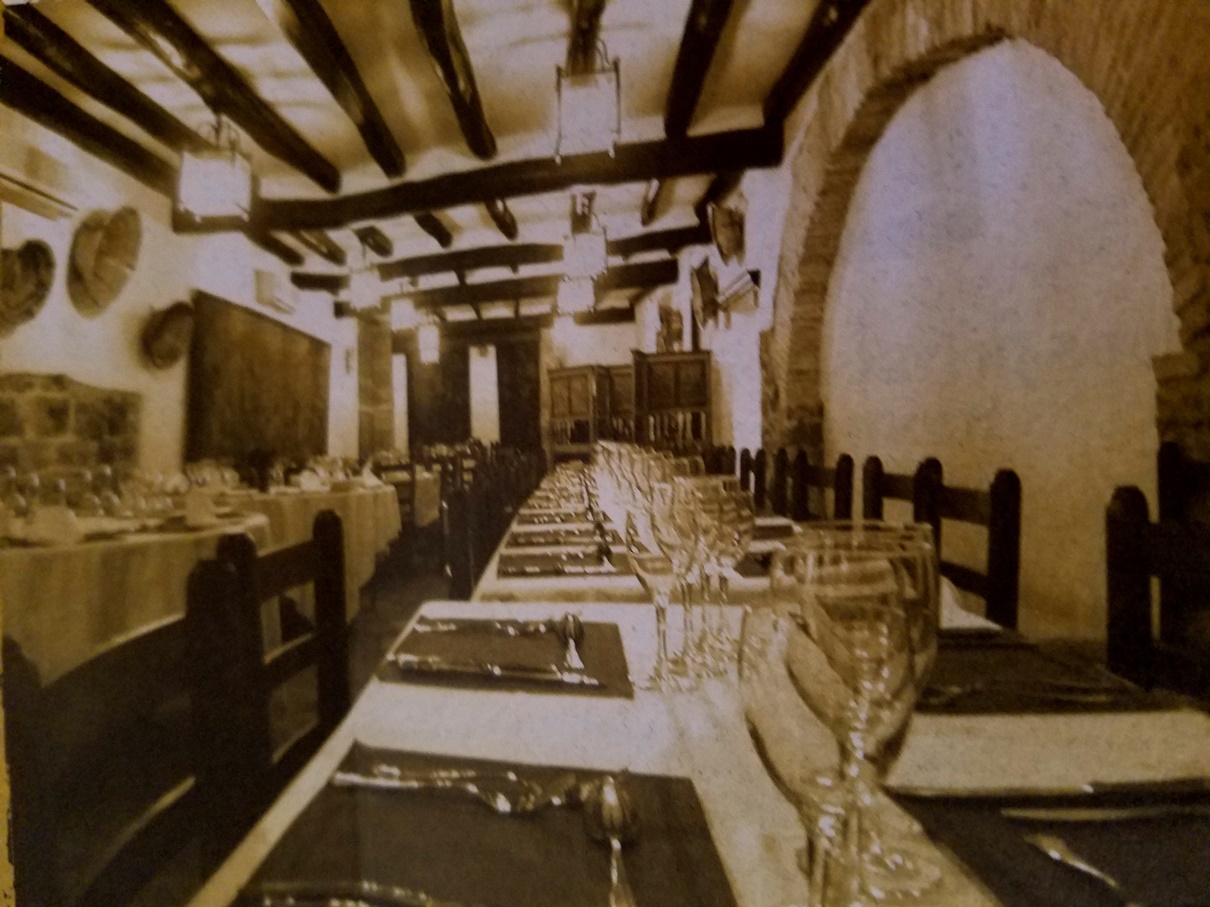Girona – Catalonia
There is no better way to explore Catalonia than to rent a car and drive.
In the month of January, when the locals reclaim their towns from the onslaught of summer visitors, the countryside is tranquil, the winter sunshine is golden, and the fields are covered in silver early morning frost.

We drove out of Barcelona heading for Mas de Torrent, 117 kms from Barcelona, stopping along the way to explore towns and tiny hamlets and soak up the charm of the Catalan countryside.
Mas de Torrent is an 18th century farmhouse that has been lovingly renovated and converted into a boutique hotel. The service, the food, the decor, are impeccable yet it manages to be unpretentious in spite of its prestigious Relais and Chateaux membership.


After two nights and a day of pampering, we continued on our journey to Girona, which is located inland North of Barcelona, with the jagged Pyrenees Mountains and the coast all within easy driving distance. We checked into the Hotel Peninsular which was exactly what we expected it to be: clean, comfortable, centrally located and well-priced.
Girona has a rich medieval history which can be explored on foot at a leisurely pace. The stone pedestrian bridge which straddles the Onyar River leads one into the Old Town with its labyrinth of lanes that make up the Old Jewish Quarter known as ‘El Call’ derived from the Hebrew word ‘Kahal’ meaning congregation or community. For six centuries, Girona was home to a vibrant Jewish community. It was here that the famous Kabbalist Rabbi, the Rambam – Moshe ben Nahman – was born and Jewish mysticism was founded. In 1492, the Jews were expelled, and although there is a small Jewish museum, there are no longer any Jews living in the Old Town.
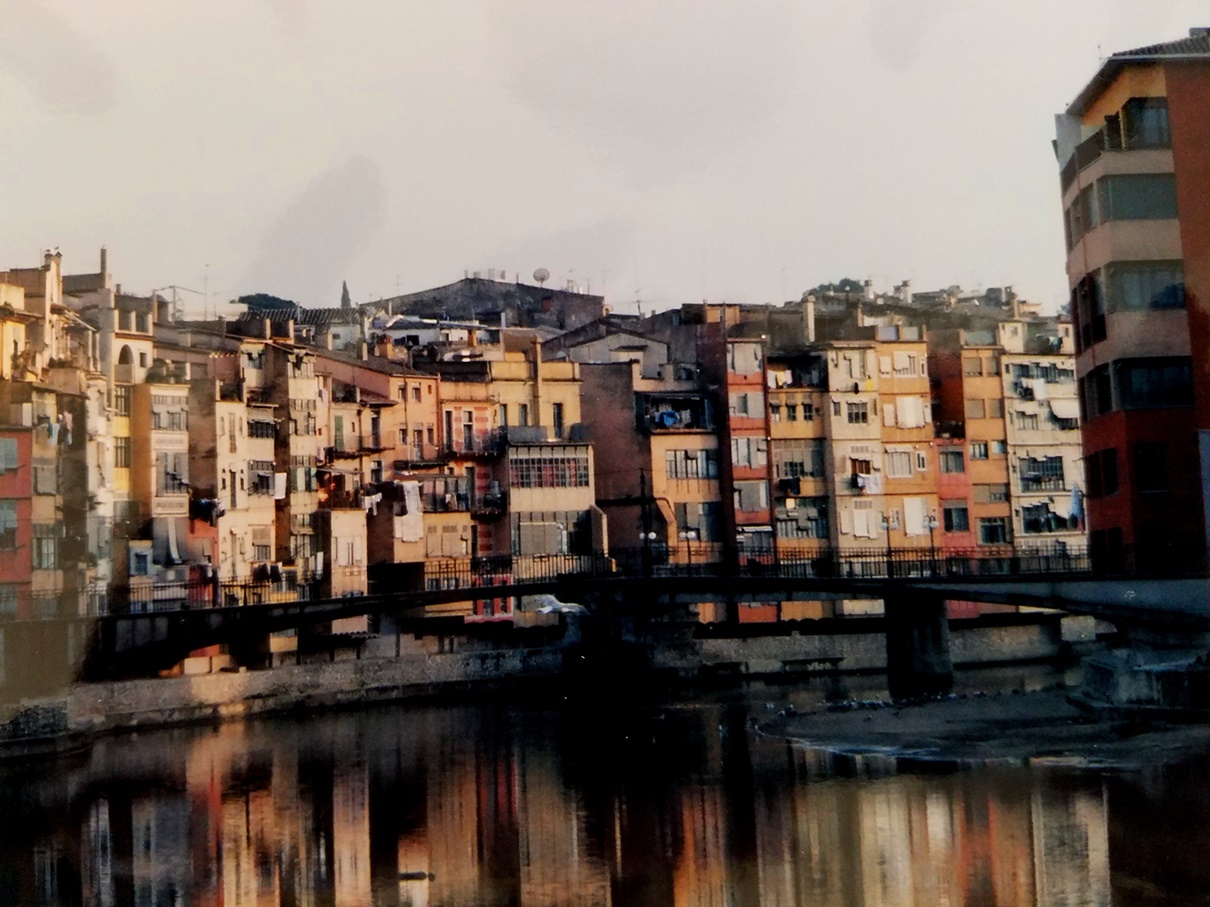
Girona was founded by the Romans, sacked by the Moors, captured by Charlemagne, and besieged by Napoleon. On the day that we arrived, there was not a soul on the ancient cobbled streets and not a sound coming from the homes. No voices, no music – ‘res’ [nothing]. An invading army would have surmised that all the residents had fled. We were baffled by the complete lack of any signs of life until we spotted lights coming from a patisseria, where locals waited patiently in line to collect their preordered ‘Tortell de Reis’ – a round cake that resembled a Danish pastry decorated with a paper crown. Mystery solved: we had arrived on Dia de Reis – (King’s Day). That night the city came alive with song, dance, pageantry, and parades.
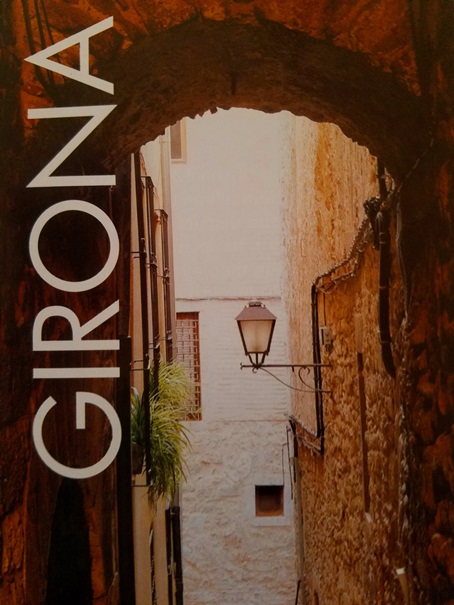
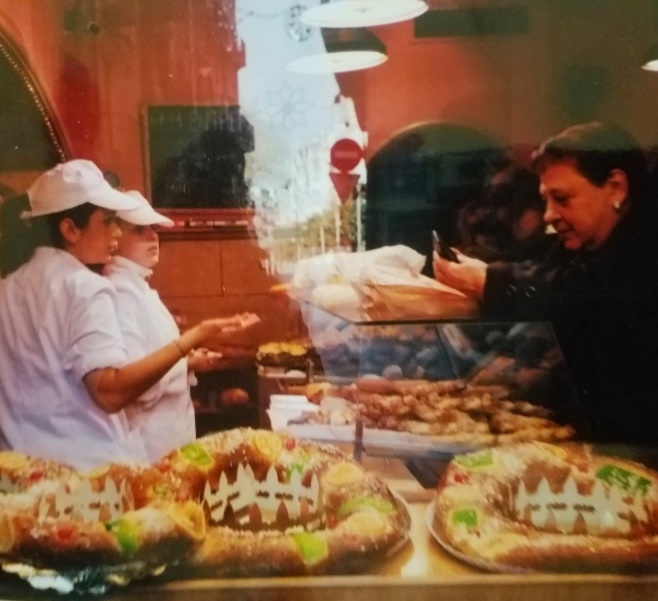
With a map in-hand, a self guided walking tour leads one to all the sights and gives one the opportunity to poke into the charming nooks and crannies of this delightful town steeped in history.
We followed a street in the Jewish quarter – so narrow that one has to walk single file – climbed a steep flight of steps and came out at Placa de la Catedral, where we climbed another 90 steps to reach the impressive cathedral of Girona which combines Romanesque and Gothic architecture. From there one has a spectacular panoramic view of the Old and New city.
On to the Arab Baths, a Romanesque building inspired by the Roman thermal public baths, and built 500 years after the Arab rule of Girona. A short walk further is the Monastery de San Pere de Galligants, which is home to the Archeological museum. Finally a walk through the lush, terraced, Jardins de John Lennon before making one’s way back down to the Rambla.
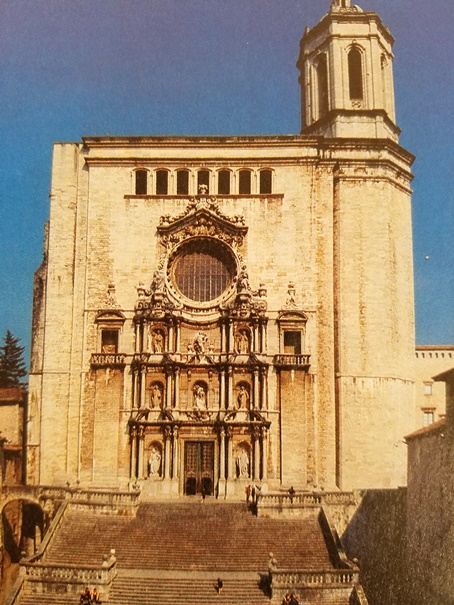


We were roused early every morning by a symphony of church bells chiming, and by 8:00 a.m. we were on the road heading into the countryside where ribbons of smoke escaped from the chimneys of old stone farmhouses, cows were being milked, farmers were setting out for the fields in their tractors, and a find layer of frost covered the ground.
On our first day trip, we drove to Cadaques on the Costa Brava coast where Salvador Dali, Picasso, and Duchamp used to paint and hang out. The drive to Cadaques – along a narrow road that winds around steep bends and past ancient stone terraces – is spectacular. In Cadaques, we relaxed over breakfast in a smoke-filled cafe where the locals chatted, drank coffee, and read the morning newspaper.
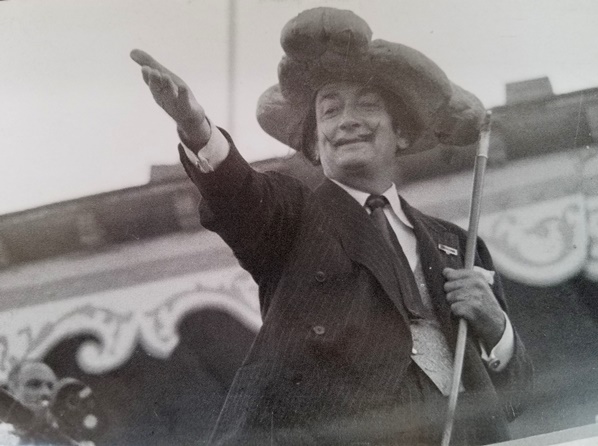
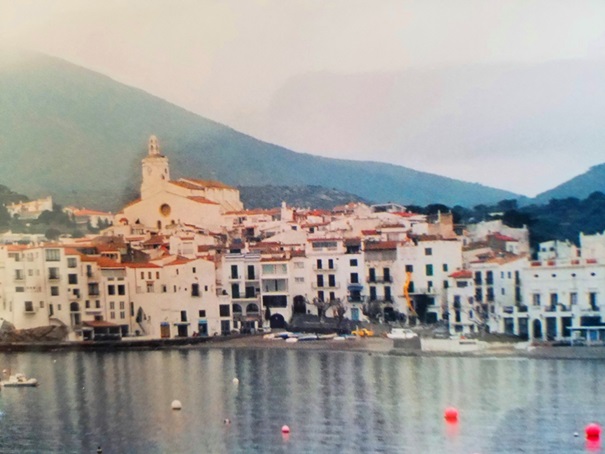
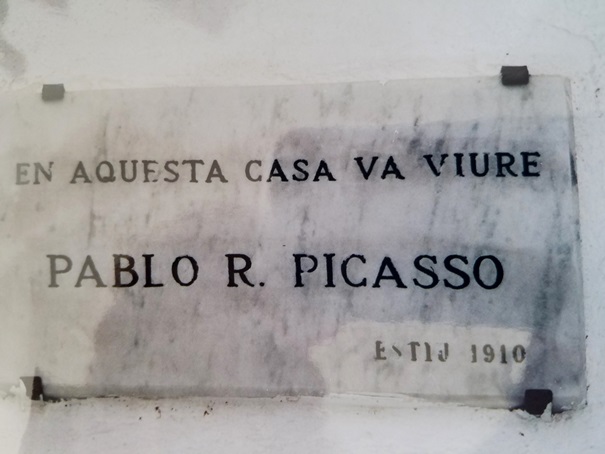
From Cadaques, we continued on to Port Lligat to Salvador Dali’s home, which faces a tranquil cove. After one has seen the view that Dali surveyed daily from his home, one can recognize it in all shapes and forms in his paintings.
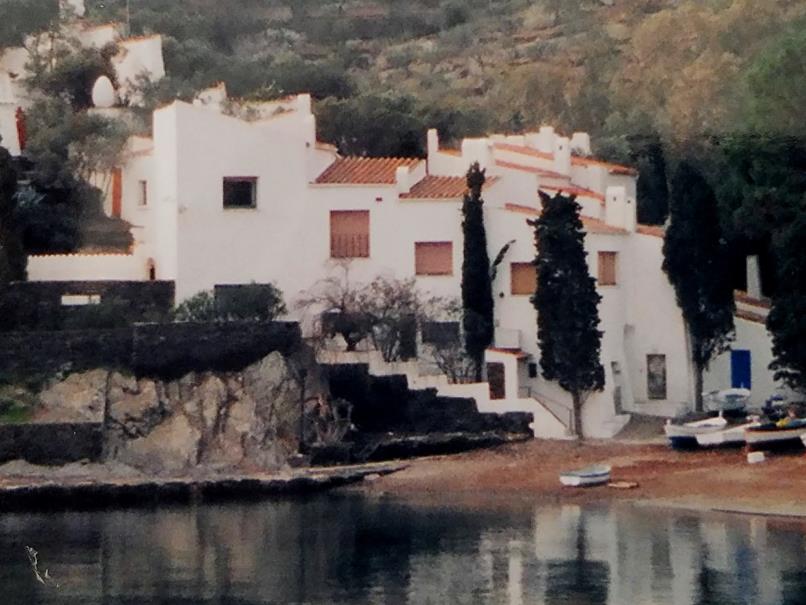

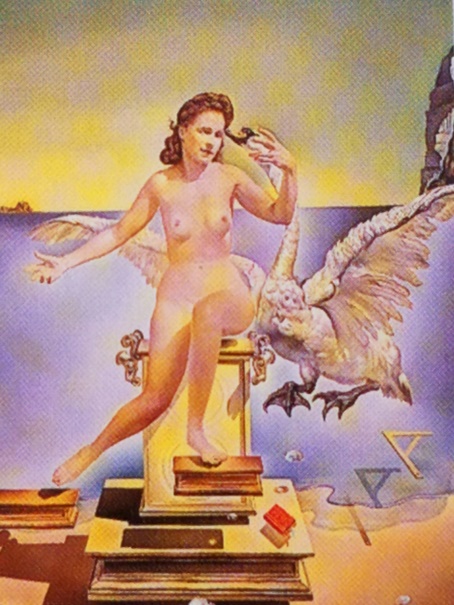
Back in the car, we headed for Figueres where Dali was born and established his art museum in an abandoned theatre. The choice of a theatre to house his art seems appropriate, as Dali’s surrealist paintings, his brilliance, his imagination,and his fantasy, make the visitor feel as though he is a member of Dali’s audience, delighting in his surprises and his pieces, which appear to be one thing but morph into something else:like the bright red sofa, which becomes the lips of Mae West.
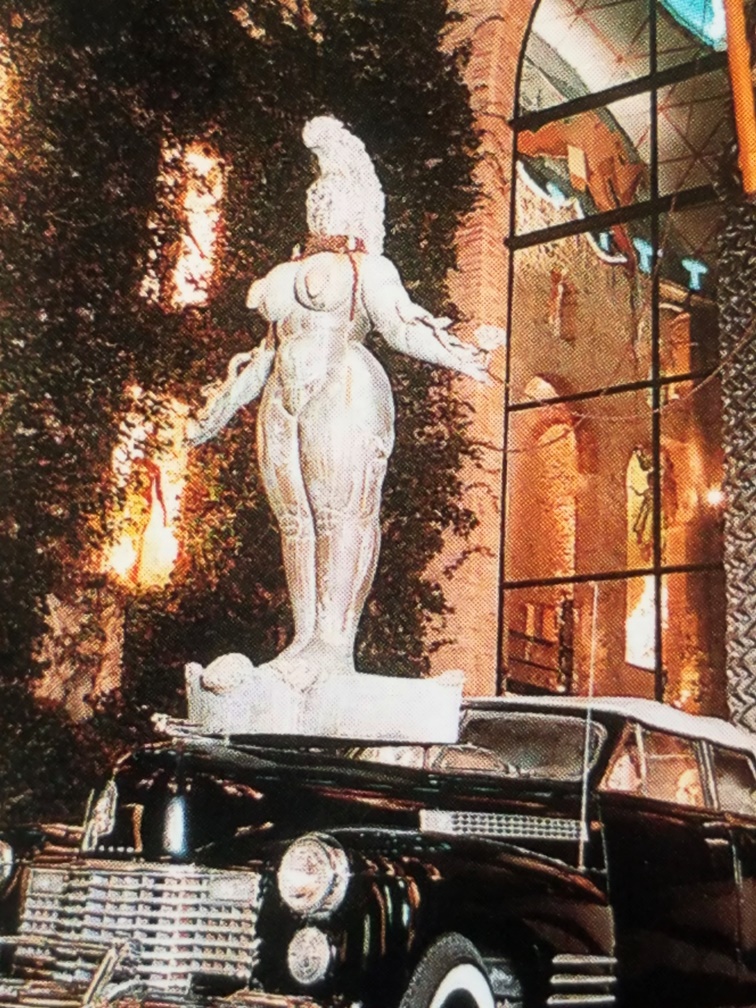
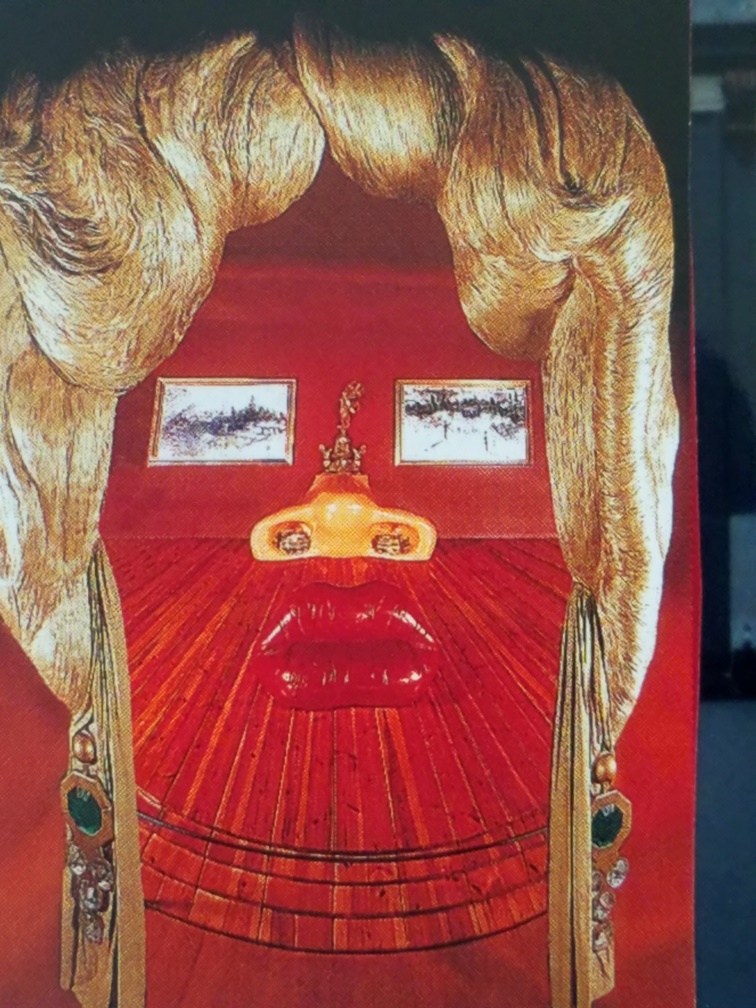
When we returned to Girona that evening, the deserted pedestrian streets that we had walked in the early morning were bubbling with action. On Carrer Santa Clara – the shopping street a stone’s throw from Hotel Peninsular –all the little boutiques had commenced their winter sales. I joined the shopping frenzy and made some fabulous purchases. The other great shopping area is across the bridge, between the Rambla and the Old Jewish Quarter.
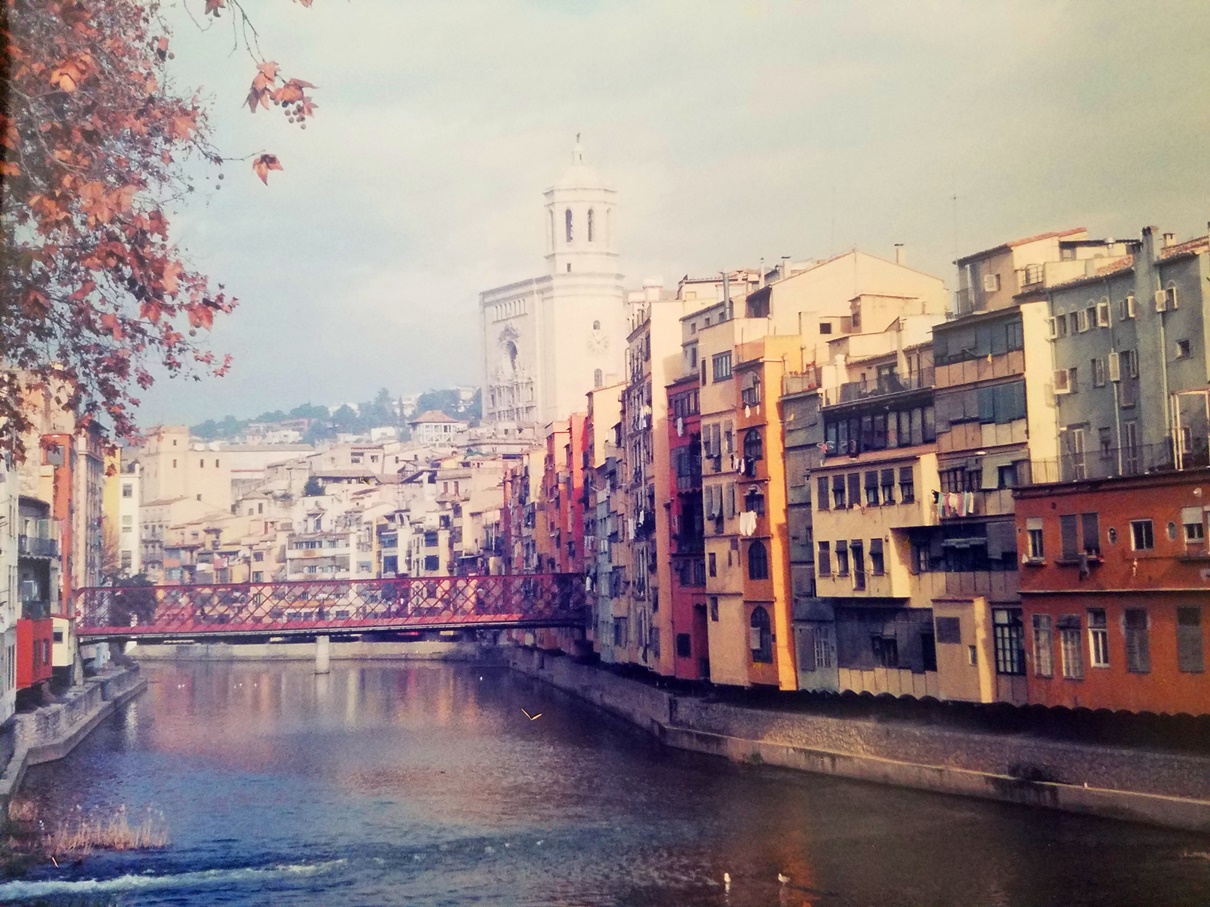
Each evening we visited a different Tapas bar where trendy young people congregate for a glass of wine, tapas, and lively conversation. The vibe and the energy in those bars are every bit as enticing as the tapas. Our favorite restaurant in Girona was Cal Ros (Carrer de la Cort Reial9). Their traditional Catalan cuisine made with the freshest ingredients, their wine selection, and the warm rustic interior with exposed brick, stone walls, and wooden beams, enticed us to return several times.
